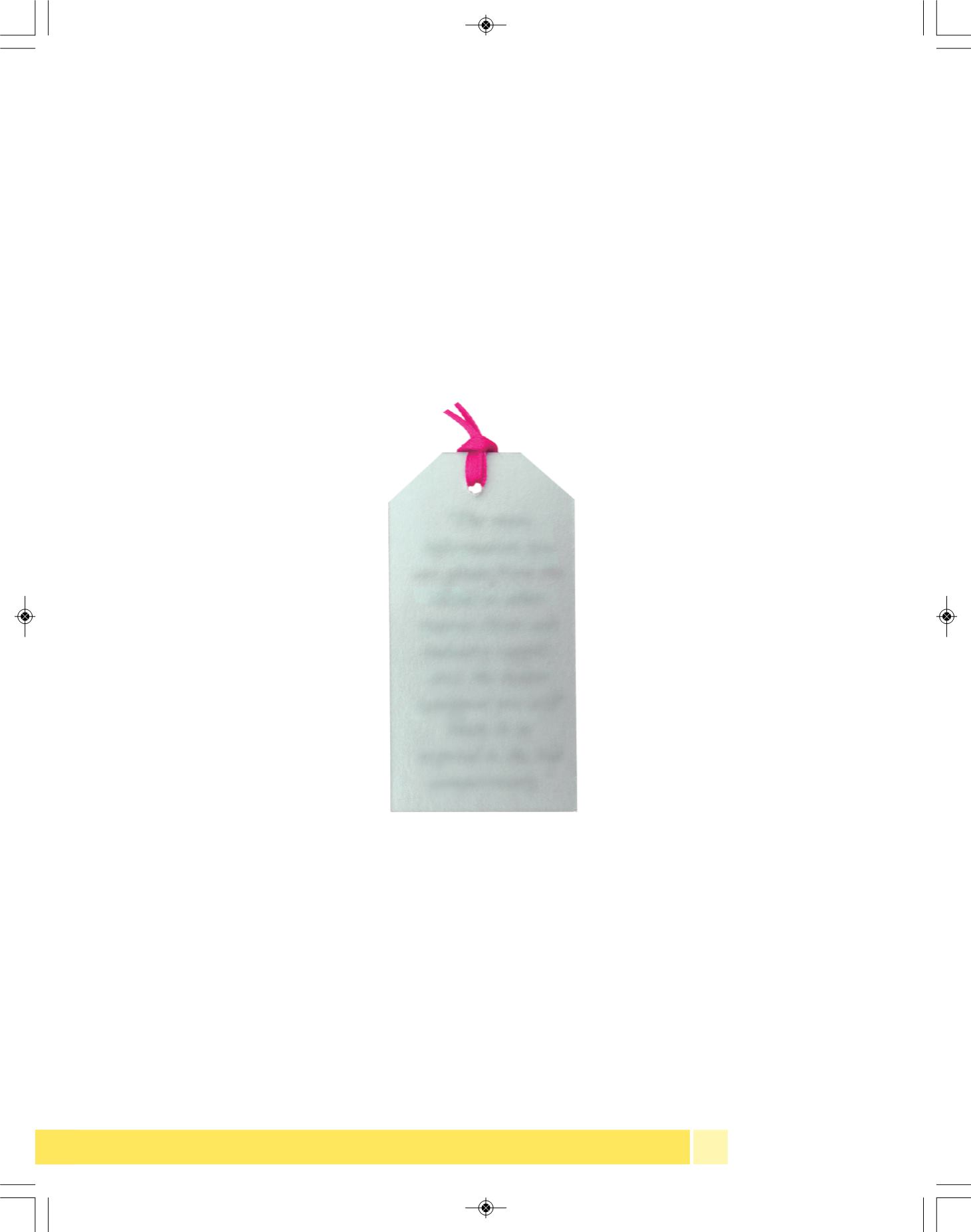

tor, add to my cost?” That said, the buyer may wish to negotiate a rea-
sonable maximum margin that the distributor may charge.
The Competitive Bid Scenario
A competitive bid scenario will likely include a limited number of
pre-qualified vendors only. For example, those in the vendor pool may
qualify based on their financial stability, labor practices, business ethics
and other factors such as environmental responsibility, ensuring they
align with the purchasing company’s values, etc. Consider asking the
client how many distributors have been invited to participate in the
bid. The more information you can glean from the client or other
sources (hint: ask industry suppliers), the better equipped you
will likely be to respond to the bid competitively. The
process should clearly articulate the evaluation criteria
and requirements for success. The competitive ideas
and bid methodology provide due advantage to
those who buy best (not just well), who operate
efficiently and who bring forward the best and
most effective ideas. The process should be
designed to allow significant room for creativity
and competition in order to adequately differ-
entiate similar but different proposals.
While there may be merit in a well-
designed competitive bid model, two disadvan-
tages come to mind. First, if price competitive-
ness is the key driver for the buyer, with
enough price pressure a distributor, or its sup-
plier or the manufacturer (sometimes unbe-
knownst to the distributor), may cut corners on
product specifications, the manufacturing
processes (i.e., running equipment at higher
than desirable speeds to achieve greater cost
efficiency at the expense of quality), minimize
due diligence or overlook quality in order to
achieve a particular price. Also, competitors
looking to “buy the business” may go in at an
unrealistic and unsustainably low margin on
any given order. For some, this approach may be questionable in
terms of ethics, and many times the “low-baller” approach leads to a
brief distributor-client relationship. It may also leave the buyer with a
distributor (even if just for the short term) who is unable to stand
behind the sub-standard product or service delivered, whether because
of the supplier’s or an upstream entity’s corner-cutting tactics.
There are also variations of price competitive models including; e-
auctions, English auctions (also known as “open auctions”), reverse
auctions and Dutch auctions. A detailed analysis of these variations is
beyond the scope of this article, however, I would be pleased to discuss
my views on the advantages and the disadvantages to each of these
types of auctions upon request. First and foremost, however, each of
these models often assume 100-percent commoditization.
Guaranteed Savings Model
Another interesting pricing model is a guaranteed savings model.
Generally speaking, this type of model can be advantageous because it
can provide a measurable savings over a defined baseline. The follow-
ing two particular iterations come to mind:
1.
A guaranteed savings over published pricing.
In this model, published
pricing is used as a baseline against which savings on commoditized
items can be measured. Generally, this model is fairly easy to
administer, illustrates savings and encourages distributors to buy
well and operate efficiently. Since custom products and products
from other industries may not feature published pricing, this
approach may be most effective for commodity items where
quantities purchased are within the scale of published pric-
ing. An argument against this model is that it encour-
ages a distributor to suggest products from vendors
they buy best from, which are not necessarily the
vendors that offer the most effective products for
the buyer. For any distributor interested in keep-
ing a client long-term, a common goal is to pro-
vide clients with the most effective solutions (at
a reasonable and competitive price). If a distribu-
tor is not suggesting the best products for the
client’s needs, then the distributor should not be
surprised if the client seeks business elsewhere.
2.
A guaranteed savings over a baseline of client’s
historical purchases.
This is similar to the version
above in measuring savings, except that the
baseline is generally what the client previously
paid for the same or substantially similar items.
While this approach sounds attractive, it can be
difficult to administer accurately unless the
products purchased year over year are exact
repeat orders of the same products in the same
quantities with the same decoration methods
and decoration particulars such as number of
colors, imprint size, etc. Even still, this model may require greater
transparency into what was purchased previously, which, despite the
buyer’s best efforts, is not always available. This model becomes
even more complex when taking into account currency fluctuations
and variances in other input costs such as raw material and labor
costs. This model may also fail to adequately address current market
value of the items purchased. (For example, I can tell you that USB
drives have more memory now than in years past and they cost less
than they did a few years ago.) This model, therefore, may not be a
reasonable indicator of cost savings relative to what the buyer could
buy elsewhere today, which is likely a more reasonable measure of
savings. Nonetheless, the guaranteed savings model may have its
place in the industry.
MAY 2015 •
PPB
• 73
PRICING
IN THE PROMOTIONAL PRODUCTS INDUSTRY
“The more
information you
can glean from the
client or other
sources (hint: ask
industry suppli-
ers), the better
equipped you will
likely be to
respond to the bid
competitively.”
201505_Pricing Feature_PPB 2013 4/14/15 6:23 PM Page 73
















